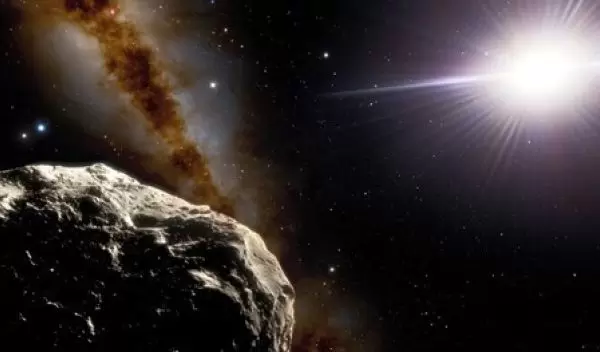
Astronomers find second known Earth Trojan asteroid
An international team of astronomers observed 2020 XL5 and confirmed it is an Earth Trojan asteroid orbiting the sun along the same path as Earth. 2020 XL5 is the second, and larger, Earth Trojan asteroid discovered.
The team of U.S. National Science Foundation researchers used images of the sky's horizon at daybreak, captured by the Southern Astrophysical Research Telescope in Chile, a component of NSF's NOIRLab, to study the Trojan asteroid and discovered it is about three times the size of the only other confirmed Trojan asteroid.
2020 XL5 is almost three-fourths of a mile wide. The other Earth Trojan asteroid, 2010 TK7, is approximately 400 yards across, about one-fourth of a mile.
Composed of material dating to the origins of the solar system, Earth Trojan asteroids offer insight into the building blocks of the galaxy.
"Trojans are objects sharing an orbit with a planet, clustered around one of two special gravitationally balanced areas along the orbit of the planet known as Lagrange points," said Cesar Briceño, one of the authors of the paper on the discovery, published in Nature Communications.
Upon initial discovery, 2020 XL5's orbit was not well-defined. The team used years of archived images to map the Earth Trojan asteroid's orbit in much greater detail.
The findings from the research resulted in a definitive determination that 2020 XL5 is an Earth Trojan asteroid. 2020 XL5 will remain stable for several millennia, but the weakening grip of gravity will eventually doom 2020 XL5 to roam unmoored through space.
It is likely that there are undetected Earth Trojan asteroids waiting to be discovered and studied, the scientists said. "If we are able to discover more Earth Trojans, and if some of them have orbits with lower inclinations, they might become cheaper to reach than our moon," said Briceño. "They might become ideal bases for an advanced exploration of the solar system, or they could even be a source of resources."
